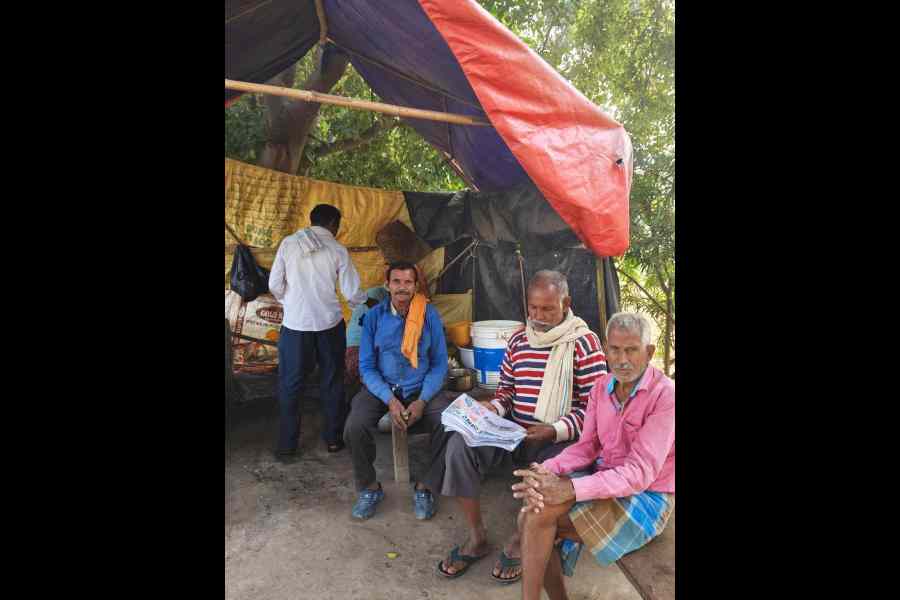The daughter of a revered social and environment activist who had worked for decades for welfare of the Sunderbans’ residents recently visited several villages there to gain first-hand knowledge of the devastation caused by Cyclone Amphan.
Tania Das, younger daughter of Tushar Kanjilal, who had set up the Tagore Society for Rural Development in the Sunderbans in the late 1960s, said she visited 14 villages of the Hingalganj block of the mangrove delta in North 24-Parganas.
Tania said she was unable to contact the people of these villages after Cyclone Amphan had struck on May 20. On May 22, she got a call from a person at Dulduli village in Hingalganj, on the banks of the Kalindi river, who told her that the cyclone had damaged several villages.
“I had first gone to these villages with my father after a cyclone in 1988. Then again after cyclone Aila (in 2009), I went to these villages for relief work. My father had also visited these places,” she said.
Kanjilal, who was known as the Sunderbans Man, died in January at the age of 85. He had set up the Tagore Society at Gosaba’s Rangabelia, which was his workplace for decades. The organisation later spread its activities to other blocks such as Hingalganj.
“My father would get so anxious about the safety of the villagers every time there was a cyclone. Even when he was unwell, during Aila, he insisted on visiting the affected areas,” said Tania. “Through our father, we developed a strong bonding with the people of the Sunderbans and so I could not sit at home hearing about their ordeal.”
Tania, the director of Bhoruka Public Welfare Trust, said she had gone with her team to these villages on a vessel with relief materials like dry food, bleaching powder, lime, tarpaulin and other items. She described to Metro the scale of disaster she saw and how villagers were fighting back.
Tides at a village
A big dam had burst and river water flooded a village during the cyclone.
“The river water had inundated the village and people were staying on first floors of concrete buildings, leaving their small houses,” she said. As it would take some time to repair the dam, river water is flowing in and out during high and low tides.
“During high tide, the water level is rising by about 5ft from the ground. The level is going down during low tide but it still remains knee-deep,” Tania said.
A group of former Jadavpur University students provided food and other relief materials to the villagers,” she said.
No sweet water pond
Malekenghumti village had four sweet-water ponds. While the cyclone was barrelling through the Sunderbans, brackish river water flooded the village and got mixed with sweet water of the ponds. Fish in the pond died and the water became unfit for use.
“The villagers had to walk three-and-a-half kilometres deep into the island to collect water from a pond that was unaffected,” said Tania.
Villagers have cordoned off the affected water bodies and added lime and bleaching powder to the water.
Disease outbreak
Villages have been witnessing outbreaks of diarrhoea, viral fever and skin rashes following the cyclone.
“In most cases, people cannot go to a doctor because one has to cross two rivers to reach the Hingalganj block primary health centre. The local health centres in the villages are ill equipped,” she said.










